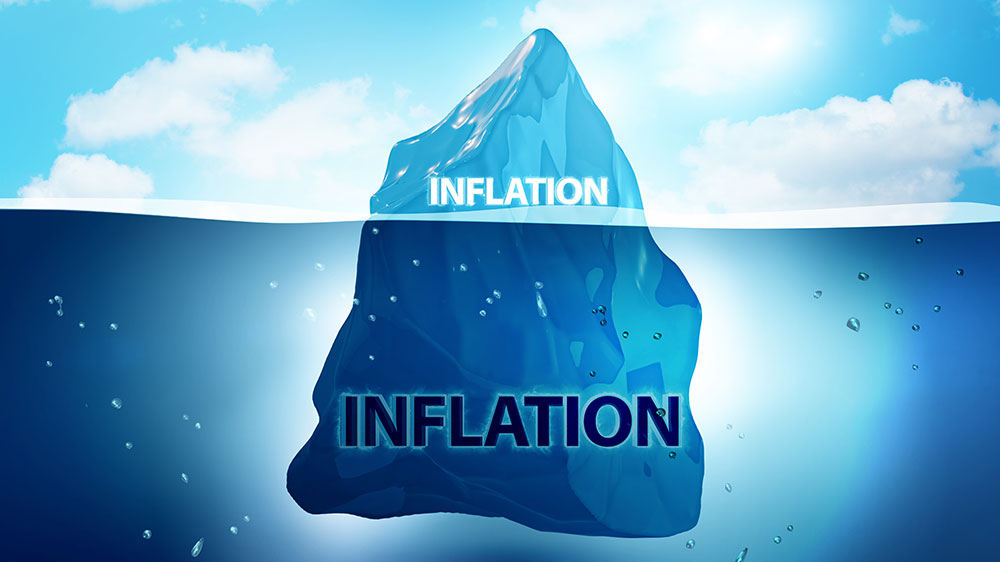
How each generation invests is a fascinating topic.
For instance, the generation that grew up in the Great Depression is known for over-the-top frugality. What people today might call “life hacks” often are nothing more than the way great-grandma and great-granddad got by.
Vegetable gardening, sewing old clothes, fixing things instead of replacing them, sharing with neighbors — activities we might consider quaint virtues were in fact necessities for millions of Americans in the 1930s.
On the darker side, bank runs were common, leading many to distrust their local lenders. The Federal Deposit Insurance Corporation (FDIC) was started specifically to restore depositor faith. Still today, individual bank accounts are guaranteed up to $250,000 by the federal government.
In a similar way, many of us who were working, going to school, or starting families in the 1970s clearly remember the dramatic rise in inflationary pressures. It began in earnest during 1965 and peaked in the double digits by 1980.
What created all that inflation? Historians still debate the matter, but it seems clear that Federal Reserve (“The Fed”) policy aimed at maintaining “full employment” played a critical role.
So did the turbulent U.S. economy, as America fought on in Vietnam until 1975… with great loss of human life and extraordinary toll on our nation’s treasury. In addition, the U.S. economy also endured two external shocks that caused dramatic rises in the prices for oil and gasoline — the 1973 oil embargo and, later, dislocations that were a byproduct of the 1979 Iranian Revolution.
What set in was a stressful combination of rising prices and slow economic growth, dubbed “stagflation” by the business press. America went from 1% annual inflation in 1964 to 12% annual inflation a decade later. In the summer of 1980, annual inflation hit 14.5% and unemployment was 7.5%.
The inflation cure
So how did it all end? Once again, it came down to Fed policies. Only this time, the man in charge of the Fed was “tall” Paul Volcker, the late economist who served as Fed Chairman under presidents Carter and Reagan.
Volcker’s strategy as Fed Chairman was to choke off the excessive flood of money in the economy by dramatically raising the interest rates… from 11% when he took office quickly to over 20%.
Sharp recessions ensued, angering many, but the policy worked. What followed was two decades of low inflation rates and historically robust long-term economic growth and prosperity.
For investors and for ordinary Americans who must shop for food and pay rent, however, the impact of fast-rising prices was real. If you were a young adult in the 1970s, you would most vividly remember mortgages and student loans in the double digits and credit card rates through the roof. What did it matter that a Treasury bond paid 15% if inflation was running at nearly the same rate?
Like the 1930s generation before, the 1970s generation was marked by a distinct and difficult-to-describe experience. It remains to be seen if the recent spikes in consumer prices will stick or disappear, but any investor who had to make decisions during the 1970s understands the central potential risks inherent in rising inflationary pressures.
Read about how the Rebalance Investment Committee took action in advance to manage the impact of inflation on our clients’ portfolios.





